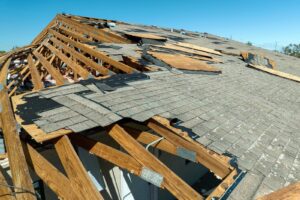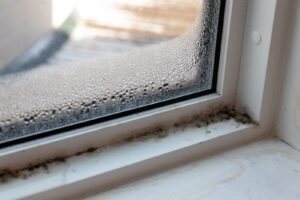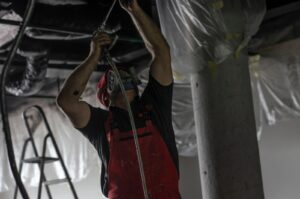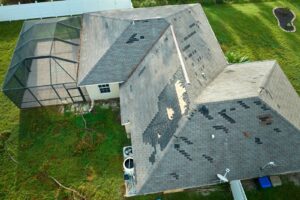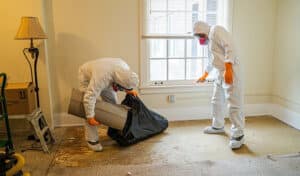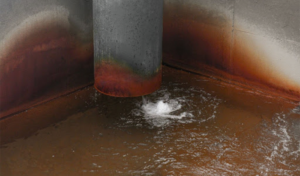One of the most challenging and stressful emergencies a homeowner can experience is water damage to their property.
Whether flooding occurs in a confined space, like your laundry room or bathroom, or is dispersed throughout your entire home, water damage can be a decorating and overwhelming experience. Staying safe should always be your number one priority; for your safety, it’s essential to understand the various types of contaminated water and how each could affect you and your loved ones.
Learn more about the different types of contaminated water below.
What is Contaminated Water?
The Natural Resources Defense Council (NRDC) states that many things can contaminate water, such as agricultural pollution, sewage and wastewater, radioactive substances, nutrient or oil pollution, and various other materials. Water can quickly spread disease-causing viruses and bacteria to entire communities once contaminated.
Water damage can come from many sources. The procedures, protocols, and processes associated with each are different from the next, making it essential to use the proper methods to clean, disinfect, and restore every affected area in your home. For example, the process of restoring water damage from an overflowing kitchen sink is drastically different than the process of dealing with water damage from an overflowing backed-up toilet.
3 Types of Contaminated Water
The industry experts at the Institute of Inspection Cleaning and Restoration Certification (IICRC) three different categories of contaminated water:
Category 1 — Category 1 water damage comes from sanitary and clean sources like faucets, malfunctioning appliances (like fridges or freezers), melting snow, water pipes, and toilet tanks. Generally speaking, Category 1 water is harmless to humans and animals but still can cause significant damage and risk to your home. If left untreated, it can cause toxic mold growth in 24 to 48 hours.
Category 2 — Category 2 water, also called sullage or gray water, often comes from dishwashers, washing machines, bathtubs, sinks, and showers. This water has not come into contact with sewage but may contain other contaminants that could cause illness if ingested. In as little as two days, Category 2 water can turn into Category 3.
Category 3 — Category 3 water, also called black water, is the most dangerous classification of water contamination. It refers to wastewater beyond the trap and can come from natural disasters like floods and raw sewage. As you can imagine, it is the perfect site for bacteria, harmful chemicals, and other pathogens and is extremely dangerous and destructive. Because of its unsanitary nature, porous materials such as upholstery, carpet, and drywall are entirely unsalvageable.
Contact the Pros at Restoremasters to Handle Water Damage in Your Property
Because contaminated water can cause devastating water damage to your home or business, leave the clean-up and restoration process to the experts at Restoremasters. Our trusted and experienced team is available 24/7 for emergencies and is dedicated to restoring your property to its former state effectively and efficiently.
Whether your Salt Lake City or neighboring area home or business has been affected by fire and smoke, flood, mold, or another disaster, contact the professionals at Restoremasters today.


